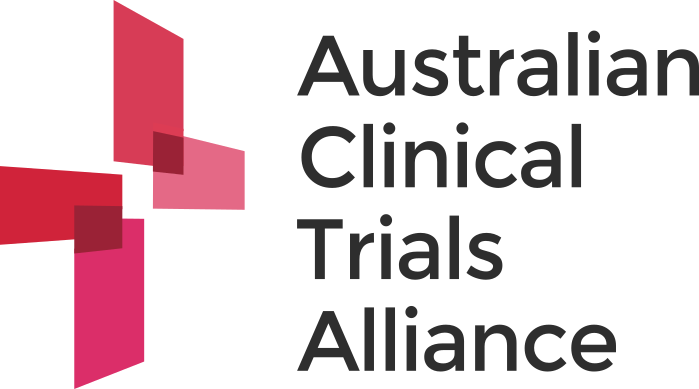ACTA’s Special Interest Group for Network Managers (SIGNet) is a vital platform for exchanging knowledge, expertise, and resources among clinical trial networks (CTNs). This series of case studies highlights individual SIGNet members’ experience with the group and how it has helped their work.

Cecilia Ng is Clinical Trials Network Manager of the National Endometriosis Clinical and Scientific Trials Network (NECST) and
the new Chair of SIGNet. She has been a member of SIGNet since
- Cecilia tells us why she joined SIGNet, and how the group helped her navigate the challenges of setting up and managing a new CTN.
Tell us about your background and your role at NECST
I started off as a scientist in endometriosis research – I completed a PhD and a post-doc, then I went into the pharmaceutical industry and from there got into CTN management at NECST to help with establishing a new CTN (which also included basic science research) for endometriosis. My role now is mainly managing the administration and research program, but I do some academic work too.
How did you find out about ACTA SIGNet, and why did you decide to join?
The chair of NECST, Professor Jason Abbott, put me on to ACTA, and I attended the 2019 symposium. From there, we joined ACTA to get help establishing NECST as a CTN – I joined SIGNet and the chair joined the emerging CTNs network.
What are the main challenges you faced as a new CTN manager?
Knowing what were the right things to put in place. You don’t know what you don’t know, so I needed to find the right information to set up a network. CTNs were still a fairly new concept to me, so I didn’t quite know what they were or what they did. And NECST was a bit different because it included basic research as well as clinical trials.
What are the main challenges you face now?
It’s still sometimes not knowing if we are doing the right thing. And dealing with the common roadblocks to establishing research – ethics, governance, navigating different jurisdictions.
Ensuring that we’re not duplicating research is a big one. Often we want to set up collaborations, but the admin side holds things up. And we are always fighting for funding, from a limited pool – women’s health and endometriosis are still not up there for funding unfortunately, compared with areas like cancer or cardiovascular disease.
How has being part of SIGNet helped you?
The big one is that SIGNet has shown me that we are all facing the same challenges. And it’s shown me that NECST is not doing anything wrong – what we’ve set up as our foundation is on the right path. We’re a bit different, but we are also doing similar things to everyone else.
NECST was also developing a registry at the same time as we set up the CTN, so it was good to see what other CTNs with registries were doing.
What do you enjoy most about being part of SIGNet?
The camaraderie – having a group of people I can reach out to with questions, knowing there are others out there I can touch base with. It’s great because it’s so diverse. There’s no other network
like this out there.
Resource Documents
Networking and information were key to setting up NECST

